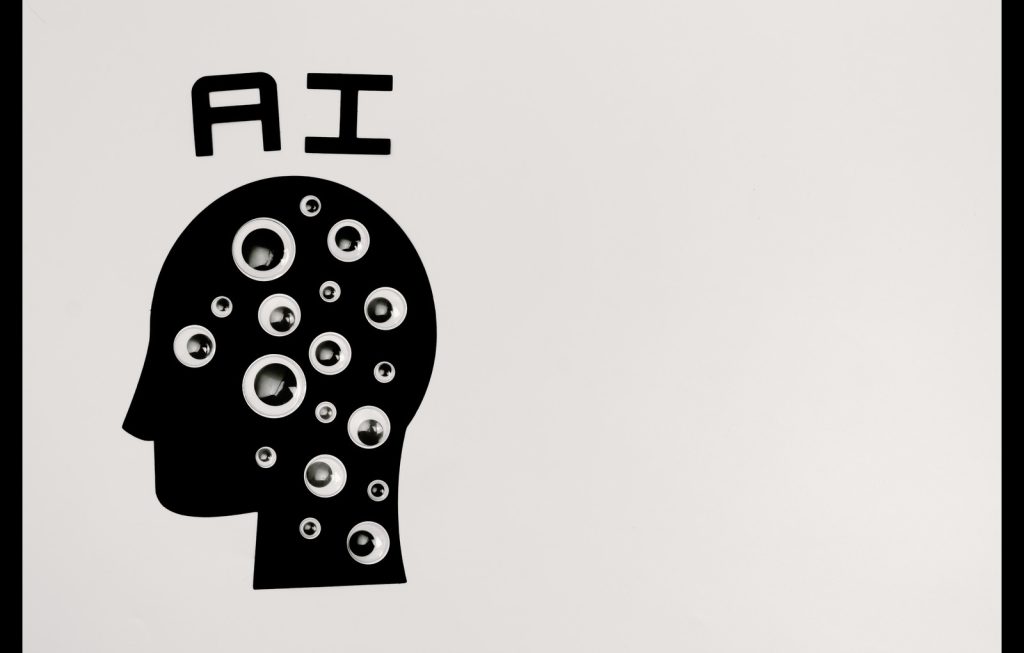Table Of Content

Artificial intelligence is transforming manufacturing, banking, and even healthcare. It’s behind everything from personalized Netflix recommendations to life‑saving medical diagnostics. Data and models make it work.
Yet these models can often appear like ‘black boxes’: We know they render decisions, but not how or why. The real downside of these opaque AI models is that they drain trust—in the process, they raise questions about fairness, accountability, and the hidden consequences of AI decision-making. That’s why a new standard is emerging: model cards for machine learning aim to demystify AI models.
If you’ve ever asked yourself how AI systems work, who they work for, and where they might fail, this post is for you. Suppose you are a data scientist or product manager or curious about the principles of AI ethics. In that case, model cards are a tool that can help you build, deploy, and use AI models in a responsible, transparent, and accountable way.
Yet these models can often appear like ‘black boxes’: We know they render decisions, but not how or why. The real downside of these opaque AI models is that they drain trust—in the process, they raise questions about fairness, accountability, and the hidden consequences of AI decision-making. That’s why a new standard is emerging: model cards for machine learning aim to demystify AI models.
If you’ve ever asked yourself how AI systems work, who they work for, and where they might fail, this post is for you. Suppose you are a data scientist or product manager or curious about the principles of AI ethics. In that case, model cards are a tool that can help you build, deploy, and use AI models in a responsible, transparent, and accountable way.
What Are Model Cards?
Datasheets, or model cards, are standardized documents that convey crucial information about machine learning models. While researchers at Google first outlined them in 2019, their goal is simple: to explain who should use a model, how well it works, and its possible limitations and risks. The broader objective is to treat AI models as products, subject to the same legal documentation and accountability constraints as physical products, from cars to medical devices.
Like a nutrition label spells out the ingredients in your produce and explains why it might taste funny, a model card outlines what goes into the AI model you use, how it behaves, and where it might stumble when making its recommendations. This opens up ‘black box’ models for users, developers, and decision-makers to see and fix, enabling the responsible deployment of AI in a broader variety of critical applications.
Like a nutrition label spells out the ingredients in your produce and explains why it might taste funny, a model card outlines what goes into the AI model you use, how it behaves, and where it might stumble when making its recommendations. This opens up ‘black box’ models for users, developers, and decision-makers to see and fix, enabling the responsible deployment of AI in a broader variety of critical applications.
Why Are Model Cards Important?
Transparency and Trust
The lack of transparency in modern AI is one of our biggest challenges. If users cannot see the workings of a given model, they are not likely to trust its results. A model card goes a long way to address this problem by making information about, for example, input features, training data, performance indicators, and use cases self-explanatory and easy to find. Trust in a particular AI model helps to build confidence in AI in general, enabling stakeholders to answer the difficult question of whether they should use a given model or not.
Fairness and Bias Mitigation
An AI model can unwittingly capture biases in the training data, and model cards provide a way to describe those potential biases and mitigation steps during development. This documentation of biases will hopefully help companies minimize the number of unfair outcomes and make AI more equitable.
Compliance and Accountability
When we start embedding AI into more critical parts of society, such as health, finance, and law enforcement, regulators will increasingly demand more complex answers to accountability from AI systems. Model cards can help maintain regulatory compliance by explaining how models are designed, evaluated, and deployed. It ensures compliance in highly regulated industries, where opacity can jeopardize public trust and the potential for legal actions to take place.
User Understanding
Non-technical users are likely to have the greatest impact on the application of AI: think business leaders and CEOs, product managers, or journalists. Model cards take technical details and present them in human-sounding text, helping users to understand how a model works and what it was designed to do – and (equally important) what it cannot do. This in turn prevents the use of AI models in tasks for which they were not intended.
What Does a Model Card Contain?
A typical model card covers several key sections. Here’s an overview of what you might find:
1. Model Details
- Name and Version: Clear identification of the model.
- Creator: The individual or organization responsible for building the model.
- License: Information about legal usage.
2. Intended Use
- Primary Purpose: What the model is designed to do.
- Intended Users: Who should (and shouldn’t) use this model?
- Limitations: Specific contexts where the model may not perform well.
3. Training Data
- Dataset Description: Information on the data used to train the model.
- Preprocessing Steps: How the data was cleaned or transformed.
- Bias Mitigation: Steps taken to reduce bias in the training process.
4. Performance
- Evaluation Metrics: Key metrics like accuracy, precision, recall, or F1-score.
- Testing Scenarios: How the model performs under different conditions.
- Known Risks: Areas where the model might fail or produce misleading results.
5. Ethical Considerations
- Bias and Fairness: Known biases and efforts to mitigate them.
- Privacy Implications: How the model handles sensitive data.
- Potential Harms: Possible negative consequences of using the model.



